Bonsai made its first debut in China a couple of centuries back in primitive form which later was adopted and nurtured by Japan during Kamakura period. The early illustrations of bonsai in pots embodied dragons, birds and fauna of the place. Early forms were no doubt contorted, skimpy and crooked compared to the modern sophisticated and refined Bonsai structures.
Thousand years ago, the Hindu Vaidya used this method to conserve herbs found in deep forest that were of great medicinal value. It was called ‘Vamana Vriksha Kala’. Those physicians grew herbs in the pots and used it for healing. Though the plants could not grow to their original size, they thrived in the small regulated atmosphere where they were taken care of.
© copyright WriterArtist 2021, All rights reserved
Image Courtesy Pixabay, Author naobim











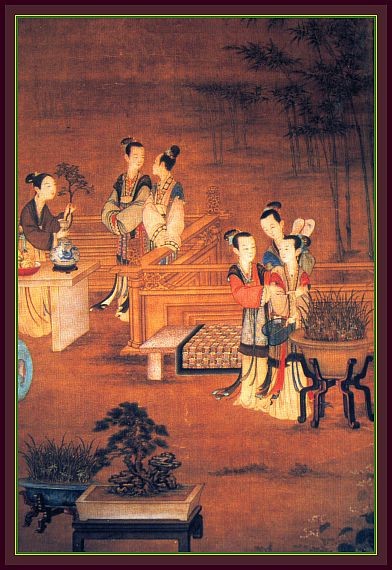








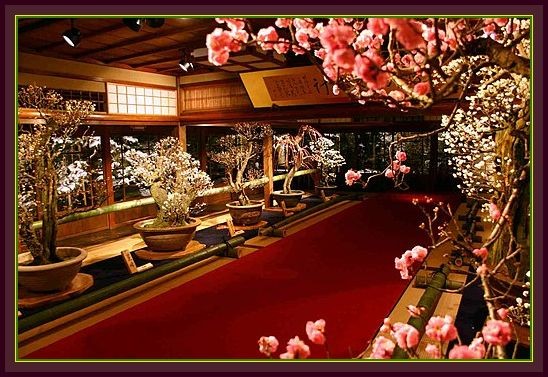

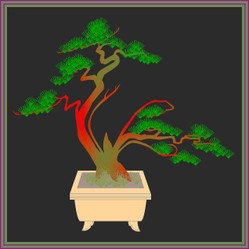

 Harvest Bounty of Fall Fruitson 08/03/2023
Harvest Bounty of Fall Fruitson 08/03/2023
 Is Buddhism older than Hinduism?on 06/13/2023
Is Buddhism older than Hinduism?on 06/13/2023
 Was Tirumala Tirupati Balaji Temple a Buddhist Shrine?on 06/13/2023
Was Tirumala Tirupati Balaji Temple a Buddhist Shrine?on 06/13/2023
 The Great Wave of Kanagawa from Japanese Artist Hokusaion 06/11/2023
The Great Wave of Kanagawa from Japanese Artist Hokusaion 06/11/2023

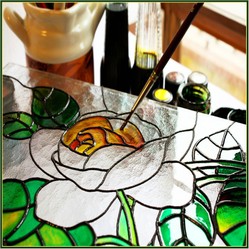
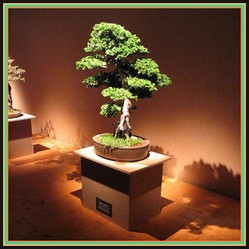
Do you think a herb can be trained to become Bonsai?
Yes, herbs can be trained to become bonsai!
The ombu tree (Phytolacca dioica) of Argentina, Bolivia, Brazil and Uruguay looks tree-like in its branches and trunk even as it possesses no true wood but a soft, spongy secondary swelling that cooperates with being cut by a knife and lends itself beautifully to bonsai training and ornamental gardens.
Perhaps the most famous example of ombu trees is Christopher Columbus's ombu tree that he brought from the Indies -- to which descendants of those native to what are now the 13 countries of modern South America had spread by the 15th century -- still survives in La Cartuja, Seville, Spain.
I have heard of trees, but not herbs, being grown as bonsai plants. I suppose shrubs could also be used, if woody enough.
WriterArtist, Thank you for pictures, practicalities and products.
In particular, I find interesting the reference to Vamana Vriksha Kala. An internet search revealed an article in The Hindu Jan. 30, 2018, about D. Ravindran and his bonsai garden in Nagercoil, Tamil Nadu. The latter says that scriptures reference Vamana Vriksha Kala in ways that indicate that ancient Indians were savvy practitioners of the Indian equivalent of penjing. I wonder if that fascinating Tarim River Basin crossroads between India and China was a route by which one of those two ancient countries invented dwarfing plants and shared it with the other or perhaps worked on it together.